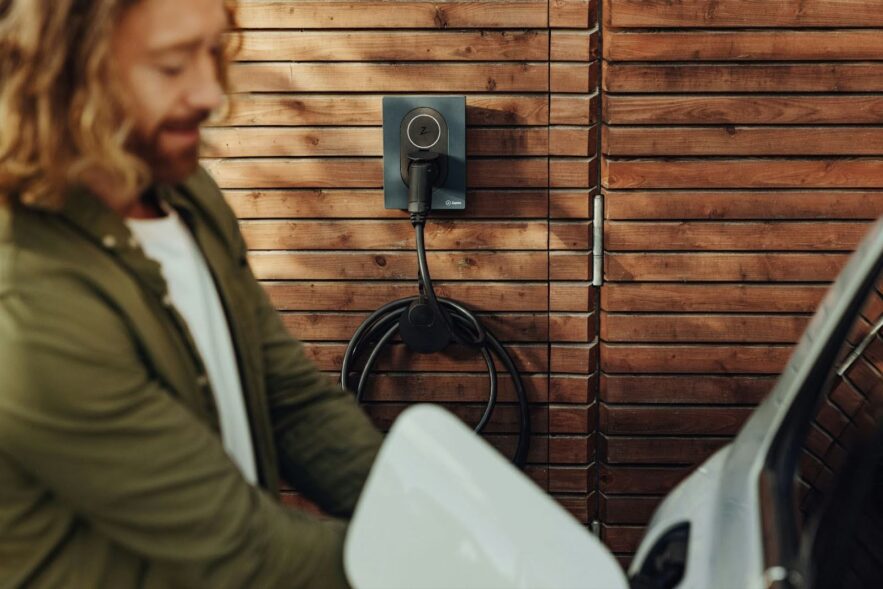For most of the last century, the value of a car was largely measured by speed, rarity, or cost. A powerful engine, limited production numbers, or a high price tag often signaled a vehicle’s worth. However, this traditional understanding is beginning to shift. The growing popularity of electric vehicles (EVs), especially in the luxury segment, is prompting a redefinition of what car ownership represents.
One area that illustrates this shift is the transformation of classic cars into electric vehicles. Companies like Everrati, a UK-based electric vehicle company, specialize in replacing the internal combustion engines of iconic models with modern electric drivetrains. Examples include vintage Porsche 911s, Ford GT40s, and Land Rover Series IIAs that have been reengineered to run on electricity.
These transformations involve much more than a change in propulsion. They reflect a broader cultural and environmental reconsideration of how classic cars fit into modern life. Instead of focusing solely on power or tradition, many owners are now prioritizing sustainability, emotional resonance, and everyday usability.
In the past, driving a classic car often meant accepting limitations such as high emissions, unreliable mechanics, or restrictions in low-emission zones. As more cities introduce regulations targeting older combustion-engine vehicles, electric transformations offer a practical way to continue enjoying classic cars without facing such barriers.
This approach appeals to a new generation of car enthusiasts who appreciate vintage aesthetics and craftsmanship but also want to align their choices with contemporary environmental values. Electric transformations make it possible to preserve the design and driving experience of older vehicles while significantly reducing their environmental impact.
The shift also reflects a broader change in how luxury is understood. Traditional measures like horsepower or exclusivity still carry weight, but they are increasingly accompanied by considerations such as sustainability, innovation, and purpose. A classic vehicle that has been electrified can offer a unique blend of history and forward-thinking design.
At the same time, these transformations raise questions about authenticity and preservation. Some car enthusiasts argue that replacing the original engine alters the identity of a vehicle. They view the engine as a central part of a car’s character and history. Others take a more flexible view, seeing these updates as a way to ensure that vintage vehicles remain relevant and functional in a changing world.
Transforming a classic car into an electric vehicle is not a simple process. It typically involves extensive customization, detailed engineering, and careful work to maintain the car’s original appearance and feel. The cost can be significant, and the process may take months to complete. However, for those who pursue it, the result is often a vehicle that retains its classic appeal while gaining modern-day practicality.
This trend is gaining traction among collectors and drivers who are less attached to tradition and more focused on longevity and environmental awareness. Many see these vehicles as both cultural artifacts and personal expressions. Transforming them into EVs is not just about efficiency or regulation but also about creating a new kind of emotional connection to the past.
Electric classic cars challenge the idea that sustainability and luxury are at odds. They offer a way to celebrate the craftsmanship of earlier eras while embracing cleaner technology. These vehicles are not just about transportation but also about aesthetics, memory, and identity. Their transformation represents a new way of thinking about heritage and innovation at the same time.
As the automotive landscape continues to evolve, so too does the meaning of car ownership. The increasing popularity of electric transformations suggests that performance, prestige, and historical value are no longer defined only by tradition. They are being reinterpreted through the lens of modern priorities, including environmental responsibility and cultural preservation.
Classic cars once symbolized a particular kind of power and prestige. Today, they are beginning to symbolize something else entirely: a bridge between past and future, reimagined for the roads ahead.



